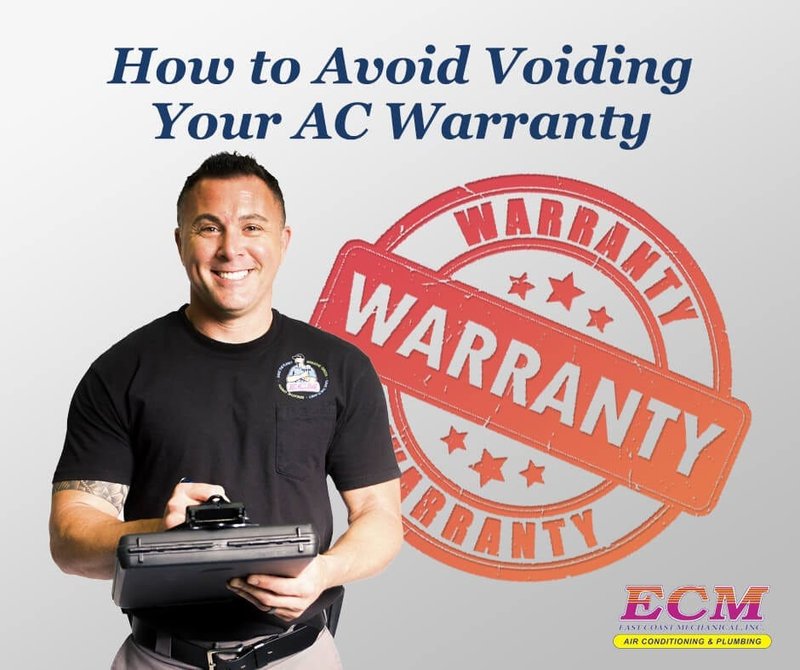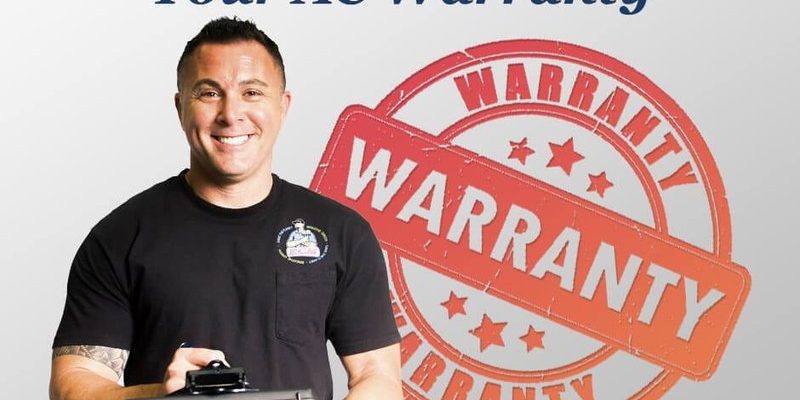
Honestly, it’s easy to make small mistakes that can put your Goodman warranty at risk without even realizing. Maybe you try a little DIY troubleshooting, or you forget to sync up with a qualified technician. Suddenly, that safety net disappears. If the worst happens and you need repairs, you could be stuck with a hefty bill that would’ve been covered. Let’s make sure that doesn’t happen to you.
Avoiding a voided warranty isn’t about walking on eggshells—it’s just about knowing what Goodman expects and following some simple steps. Whether you’re dealing with code confusion, swapping a remote battery, or just want the peace of mind that comes from understanding your system, a bit of attention now can save you a lot of headache later.
Read and Register: The First Step Most People Miss
Let me explain: One of the most common ways people accidentally void their Goodman HVAC system warranty is by ignoring the registration process. It sounds boring, I know—who wants to fill out paperwork when you’re excited about your new comfort zone? But this step is critical. Goodman often requires homeowners to register their system within 60 days of installation to qualify for extended warranty coverage.
Here’s what typically happens: the installer hands you a little folder or packet with warranty info, maybe buried under instruction manuals and a quick-start guide. If that folder gathers dust on the kitchen counter, you’re risking your coverage without even realizing it. Registration isn’t just a Goodman thing, either—most HVAC brands are sticklers about this step.
So what should you do? As soon as your system is up and running, jump online or fill out the included registration card. You’ll usually need your system’s model and serial number—these are on the unit itself, often near the code sticker or inside the access panel. Enter your details correctly and keep a copy or a screenshot for your records. That’s it! You’ve cleared step one, and your warranty is officially in play.
Always Use a Licensed Professional for Installation and Repairs
You might be wondering if you can save a few bucks by calling in a friend or trying a bit of YouTube-guided DIY. Here’s where a lot of homeowners trip up. Goodman’s warranty, in plain English, requires that installation, repairs, and most troubleshooting be done by a licensed HVAC technician. If an unauthorized person tinkers with your system, you’re on thin ice.
Think of it this way: your HVAC is a bit like your car’s engine. Sure, you could pop the hood and poke around, but if something goes wrong, the dealership won’t honor your warranty unless a certified mechanic has done the work. Goodman systems are full of sensitive code, wiring, and parts that need special handling. Swapping out a remote or changing a battery? That’s fine. But syncing up new components, replacing parts, or even performing a factory reset? Leave that to the pros.
You don’t have to call the installer for every tiny thing, but for anything beyond basic maintenance (like cleaning your filters), it’s worth contacting someone who can pair and troubleshoot your system without risking your warranty. Keep your receipts and documentation for every visit, because Goodman may ask for proof if there’s ever a claim.
Stick to the Recommended Maintenance Schedule
This is the one step homeowners love to skip—until something breaks. Goodman HVAC systems need regular maintenance to keep running smoothly and to keep your warranty valid. It’s a little like going to the dentist: a quick checkup can catch small issues before they turn into big, expensive ones.
Check your Goodman warranty booklet, and you’ll find a recommended service schedule. Usually, that means having a pro come in once or twice a year to inspect, clean, and tune-up your system. They’ll look at everything—from the compressor to the remote control battery, making sure all code and controls are in sync. If maintenance isn’t documented, Goodman could push back on a warranty claim, arguing that neglect led to the problem.
So, set a recurring calendar reminder. Ask your installer to recommend a trusted local service. When the technician comes by, stick the invoice or service report somewhere safe. That way, you have a paper trail that shows you played by the book—and your coverage stays airtight.
Avoid Using Unauthorized or Off-Brand Parts
I get it—when a part goes out, you might be tempted to grab the cheapest thing you can find online. But swapping in non-Goodman or off-brand components is a common way to void your warranty instantly. Even little things like a universal thermostat or an off-brand remote can be an issue if they’re not officially approved.
Think about it like phone chargers: sure, that five-dollar battery looks the same, but it could fry your phone if it’s not made to the right specs. Goodman’s warranty promises to cover defects in their products, not damage caused by incompatible parts. If something goes wrong after you’ve installed a non-approved component, Goodman can (and often will) deny warranty coverage.
Stick to genuine Goodman parts for replacements and repairs. If you need a new remote, filter, or any other part, call your dealer or check Goodman’s official website for authorized parts. That way, your system stays up to snuff with Goodman’s requirements, and you don’t have to worry about fine print biting you later.
Don’t Move or Alter Your System Without Permission
Here’s something that can catch people off guard: relocating, modifying, or altering your Goodman HVAC system can void your warranty. Maybe you’re renovating your house, or thinking about moving the system to a different spot. It might seem harmless, but Goodman treats these changes very seriously.
Why does this matter? Moving the unit even a few feet can affect how it works, and DIY adjustments can mess with the delicate balance of wiring, refrigerant, and code configurations inside. Anything from adjusting the ductwork to trying to reset or pair a new component without approval could put your system out of warranty.
If you’re ever in doubt, call a Goodman-authorized service provider. They can advise on safe relocation or upgrades, ensure everything is up to code, and handle the logistics without tripping up your coverage. Always keep a record of these interactions, just in case there’s ever a dispute.
Keep Detailed Records of Everything
You might not think of yourself as a record-keeper, but when it comes to your Goodman warranty, paperwork is power. If you ever need to make a claim, Goodman will want to see proof: installation receipts, maintenance logs, records of troubleshooting visits, and copies of any parts replaced.
“If it’s not written down, it didn’t happen.” That’s the mindset you’ll want to have when it comes to your warranty.
Make a habit of keeping a folder (physical or digital—whatever you won’t lose) with every document related to your HVAC. Snap a photo of bills or write down the time and date of remote battery changes. Note which technician did what, and when. This level of detail may seem overkill today, but it’s your best defense against any future disputes—and honestly, it can save you hundreds or even thousands if something ever goes sideways.
Read the Fine Print—And Ask Questions
Let’s be real: almost no one enjoys reading warranty booklets. The writing is dry, the font is tiny, and there’s enough legalese to make your head spin. But if you want to truly avoid voiding your Goodman HVAC system warranty, skim the fine print—at least once—and don’t be afraid to ask for clarification.
Pay close attention to sections about what’s covered and what’s not, requirements for code compliance, and specific instructions for troubleshooting or resetting your system. Watch for phrases like “improper use” or “excluding acts of God.” If you hit a confusing part, jot a note and ask your installer or a Goodman-certified technician next time you see them.
Honestly, a quick question now can save you hours (and dollars) later. Goodman’s own customer support is usually happy to help, and reputable installers want to keep you satisfied. Bottom line: don’t assume, don’t guess, and never be embarrassed to double-check what’s safe for your system.
Closing Thoughts: Protect Your Peace of Mind
Keeping your Goodman HVAC system warranty intact isn’t about making your life harder—it’s about protecting your investment and your comfort. By registering your system, relying on licensed pros, sticking to maintenance, using the right parts, and keeping good records, you’re building a shield around your warranty. Sure, it takes a little attention up front. But when it’s the dead of summer (or the depths of winter), you’ll be glad you took these steps.
At the end of the day, warranties are a partnership. Goodman promises to back their product if you follow their guidelines. Think of it as a friendly agreement: you stick to the rules, and they’ll have your back if there’s ever a problem. So keep your paperwork handy, keep your system happy, and enjoy that cozy, worry-free comfort—just like Goodman designed it.
